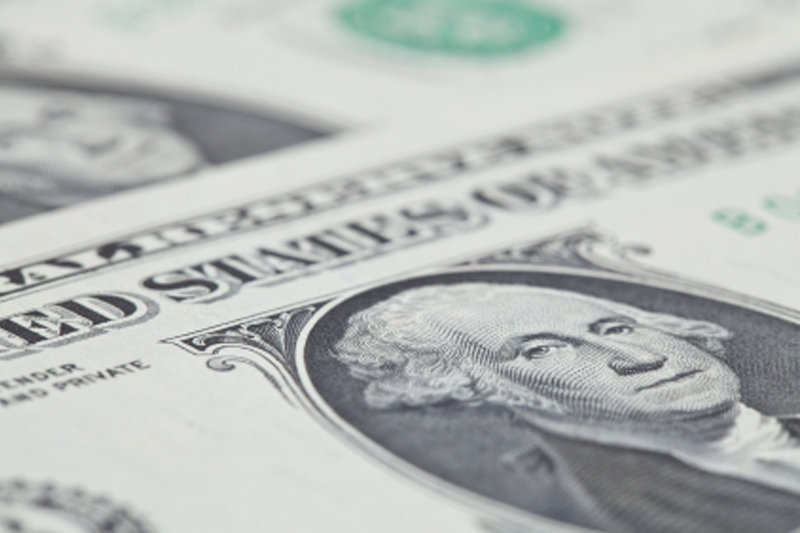Street Calls of the Week
Investing.com - The U.S. dollar steadied near multi-week lows Thursday, ahead of the release of more economic data which should confirm a Federal Reserve rate cut next month.
At 04:05 ET (08:05 GMT), the Dollar Index, which tracks the greenback against a basket of six other currencies, traded 0.1% higher at 97.709, just above than the two-week low seen in the prior session.
Dollar on backfoot
The U.S. currency has been on the backfoot for most of August after the release of disappointing jobs numbers, but the selloff received another boost earlier this week with the reporting of benign consumer prices growth for July.
This suggested that President Donald Trump’s tariffs have yet to add to price pressures in a significant way, allowing the Federal Reserve to concentrate more on signs of a cooling labor market.
Traders are now pricing in a 99% probability of a 25-bps interest rate cut at the September Fed meeting, according to Investing.com’s Fed Rate Monitor Tool.
U.S. Treasury Secretary Scott Bessent added to the speculation when he said he thought an aggressive half-point cut was possible given recent weak employment numbers.
“Markets aren’t pricing in anything over 25bp for now, and a 50bp option would probably not be taken seriously unless there are some hints in that direction at the Jackson Hole symposium, or August jobs data hugely disappoints again,” said analysts at ING, in a note.
Fed Chair Jerome Powell is expected to speak at the symposium in Wyoming next week, and he used this forum last year to point to coming rate cuts.
Ahead of this, traders will focus on the July producer price index, looking for any signs that tariff-related bumps in prices are gathering steam, while the weekly jobless claims data will provide more information about the strength of the labor market.
Eurozone GDP data due
In Europe, EUR/USD slipped 0.2% to 1.1680, just below Wednesday’s peak of $1.1730, a level last seen on July 28.
Second-quarter growth figures for the eurozone are due for release later in the session, and are expected to show meager 0.1% growth in the second quarter, a hefty slowdown from the 0.6% growth seen in the first three months of the year.
“EUR/USD is approaching tomorrow’s U.S.-Russia summit with good momentum, and the option market does not seem to be pricing in major volatility risk. One-week EUR/USD implied volatility is at the bottom of its recent range and in line with historical volatility,” said ING.
GBP/USD traded marginally higher at 1.3572, after data released earlier in the session showed that Britain’s economy grew by a faster-than-expected 0.3% in the second quarter of 2025, but this still represented a slowdown from the growth of 0.7% in the first three months of the year.
The Bank of England had forecast 0.1% growth in gross domestic product for the April-June period.
“It’s positive news for the gilt market ahead of the Autumn fiscal event, but it doesn’t change the narrative for the Bank of England at this moment (inflation and jobs markets are the two main inputs), hence the reaction in sterling has been muted,” said ING.
Yen gains on rate hike speculation
Elsewhere, USD/JPY traded 0.7% lower to 146.43, with the yen boosted by increased speculation over a rate hike by the Bank of Japan, after U.S. Treasury Secretary Scott Bessent warned that the BOJ was falling behind in its efforts to curb inflation.
His comments contrast those from BOJ Governor Kazuo Ueda, who has largely dismissed concerns that the BOJ lagged in raising rates to quash sticky inflation.
USD/CNY slipped slightly lower to 7.1721, extending declines from earlier this week after the U.S. and China agreed to extend their trade truce by 90 days.
Focus is now on a string of key Chinese economic readings due on Friday, including industrial production and retail sales.
AUD/USD dropped 0.2% to 0.6536, after data showed Australia’s labor market grew slightly below expectations in July. The print furthered the notion that Australia’s labor sector was cooling, which stands to invite more interest rate cuts by the Reserve Bank.
